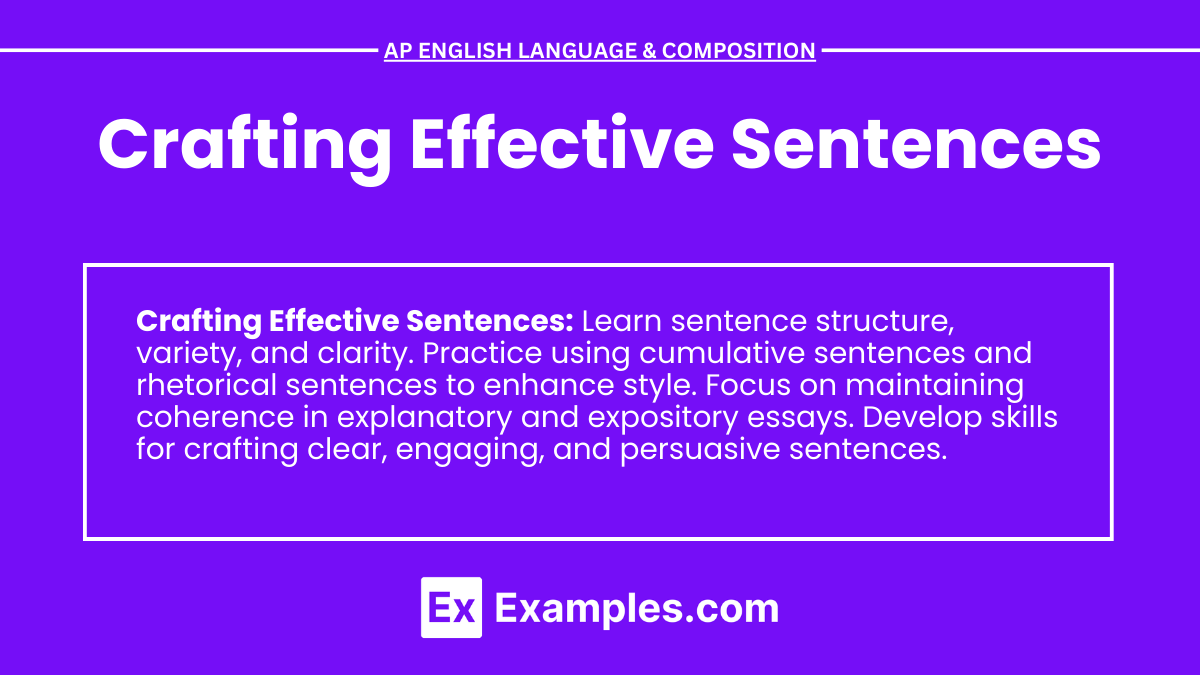In the AP English Language and Composition exam, crafting effective sentences is crucial for developing clear, engaging, and persuasive essays. Whether you are engaged in argumentative writing or delivering an argumentative speech, using rhetorical sentences and cumulative sentences enhances the impact and flow of your argument. Effective sentences convey ideas precisely, maintain the reader’s attention, and ensure a logical progression of thoughts. Mastering this skill is essential for constructing nuanced and compelling arguments that resonate with your audience.
Learning Objectives
By studying the topic of crafting effective sentences, students will achieve several key learning objectives. They will enhance their critical thinking skills by constructing clear and logical sentences. Students will learn to use cumulative sentences and rhetorical sentences to enhance their writing in explanatory essays and expository essays. They will develop the ability to refine their final thesis statement with precision and clarity. Mastery of these techniques will enable students to produce well-structured, engaging, and persuasive essays.
Understanding Sentence Structure
Components of a Sentence
- Subject: The person, place, thing, or idea that is doing or being something.
- Predicate: The part of the sentence that tells what the subject does or is.
- Objects: Direct and indirect objects that receive the action of the verb.
- Clauses: Groups of words with a subject and predicate. Can be independent (standalone) or dependent (subordinate).
Types of Sentences
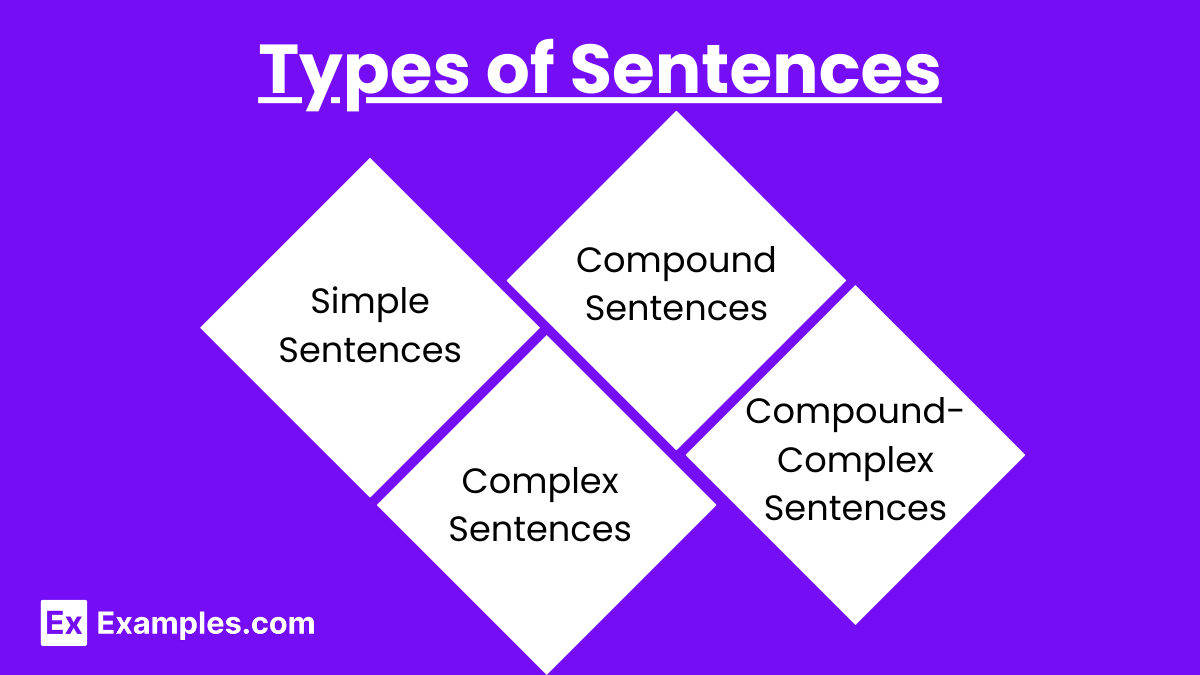
- Simple Sentences: Contain a single independent clause.
- Example: “The cat slept.”
- Compound Sentences: Contain two or more independent clauses joined by a conjunction or semicolon.
- Example: “The cat slept, and the dog played.”
- Complex Sentences: Contain an independent clause and one or more dependent clauses.
- Example: “While the cat slept, the dog played.”
- Compound-Complex Sentences: Contain two or more independent clauses and one or more dependent clauses.
- Example: “While the cat slept, the dog played, and the bird sang.”
Enhancing Sentence Variety
Purpose of Sentence Variety
- Engage the Reader: Varied sentence structures keep the reader interested.
- Improve Flow: Different sentence lengths and types create a natural rhythm.
- Emphasize Points: Strategic use of different sentences can highlight key ideas.
Techniques for Sentence Variety
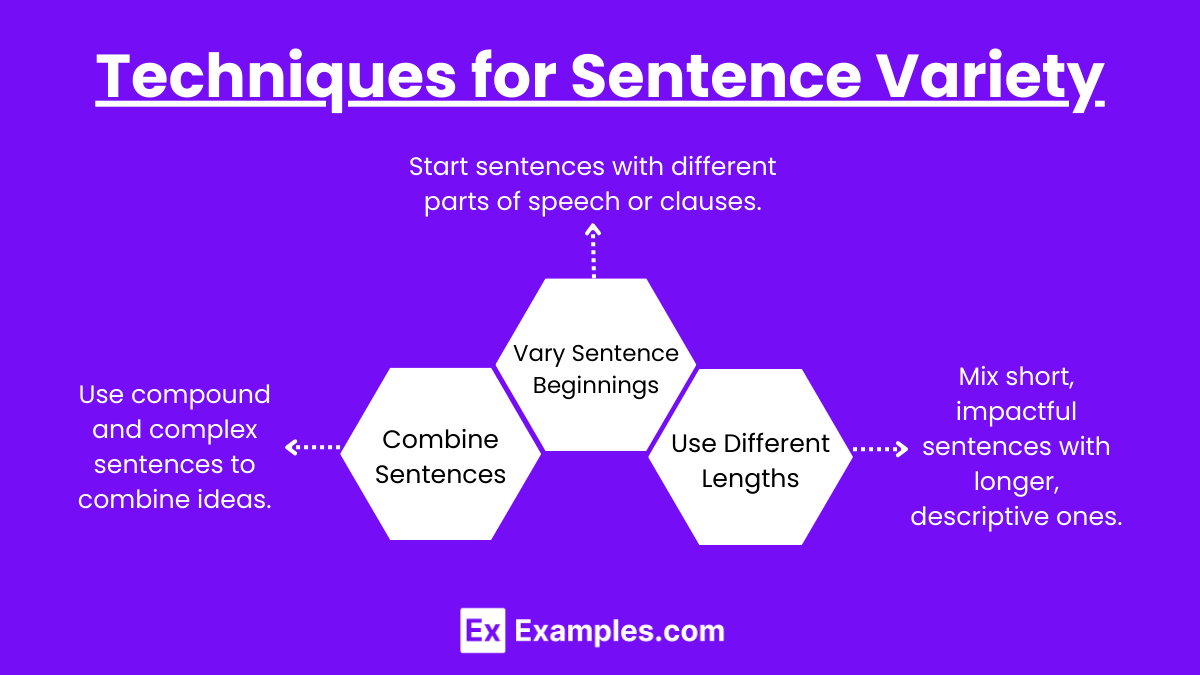
- Vary Sentence Beginnings: Start sentences with different parts of speech or clauses.
- Example: “Running through the park, she felt free.” vs. “She felt free as she ran through the park.”
- Combine Sentences: Use compound and complex sentences to combine ideas.
- Example: “She loves to read. She often spends hours in the library.” becomes “She loves to read and often spends hours in the library.”
- Use Different Lengths: Mix short, impactful sentences with longer, descriptive ones.
- Example: “He stopped. The door creaked open slowly, revealing a dark, empty room.”
Ensuring Clarity
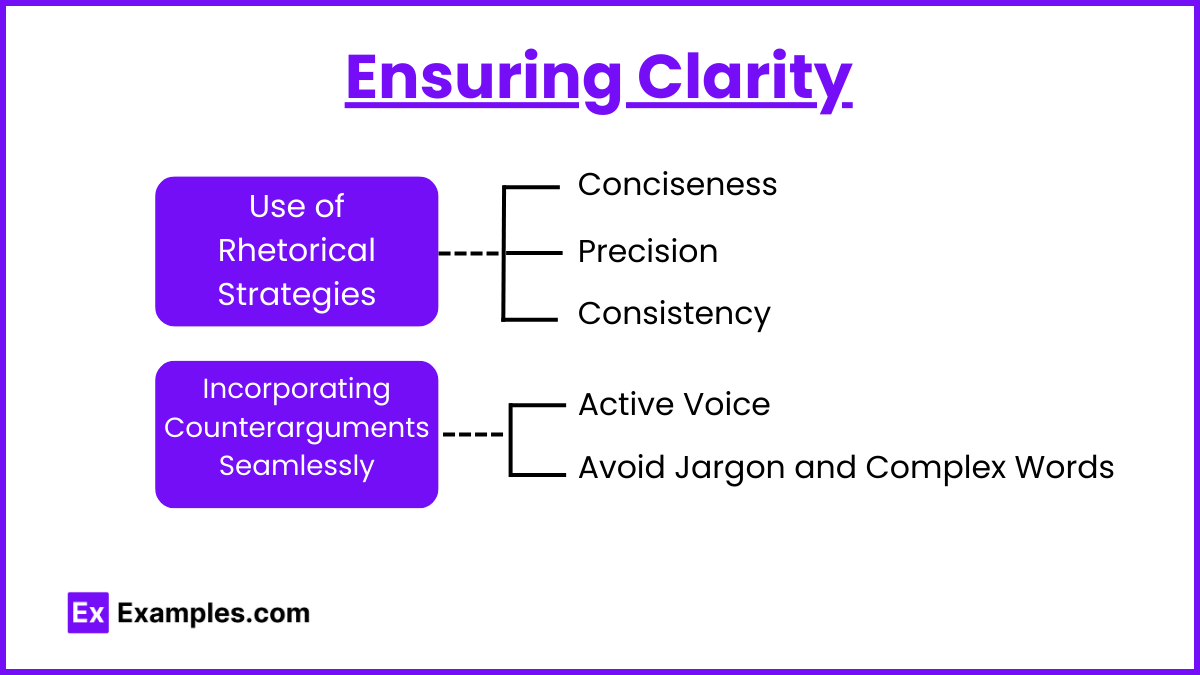
Principles of Clarity
- Conciseness: Remove unnecessary words and redundancy.
- Example: “Due to the fact that” becomes “Because.”
- Precision: Use specific and concrete words rather than vague terms.
- Example: “The large animal” becomes “The elephant.”
- Consistency: Maintain consistent tense and point of view.
- Example: “She was walking and eats an apple” should be “She was walking and eating an apple.”
Techniques for Clarity
- Active Voice: Use active voice to make sentences more direct and vigorous.
- Example: “The ball was thrown by John” becomes “John threw the ball.”
- Avoid Jargon and Complex Words: Use simple and straightforward language unless complex terms are necessary for clarity.
- Example: “Utilize” becomes “Use.”
Developing Style
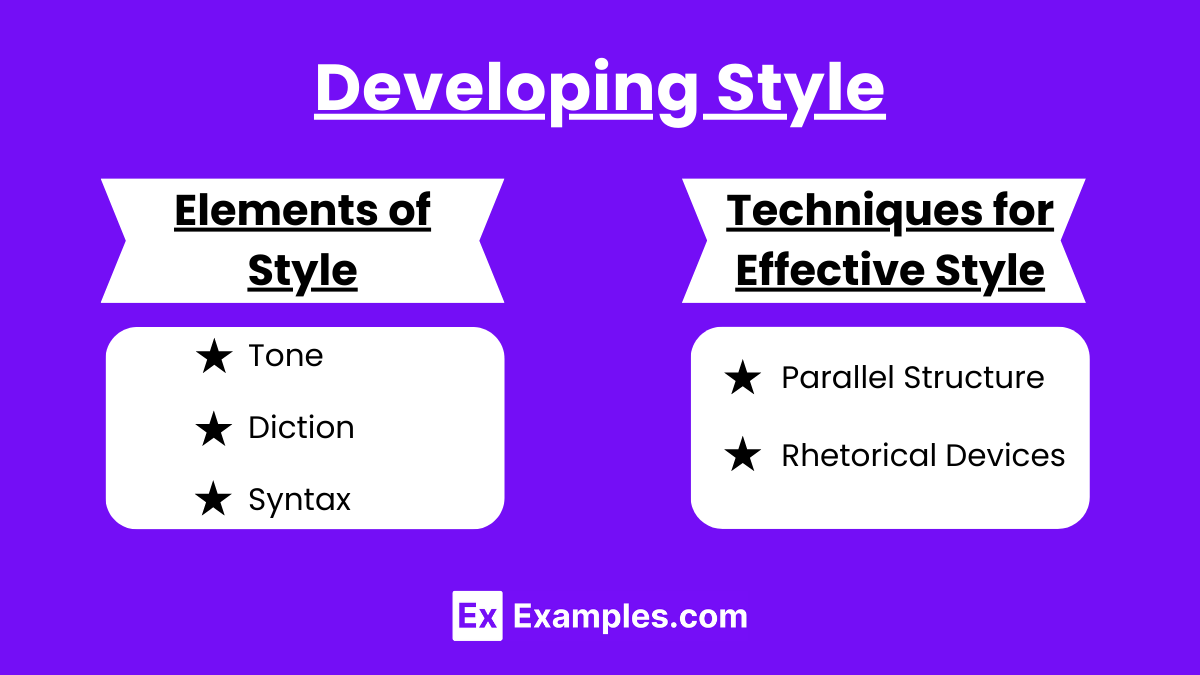
Elements of Style
- Tone: The writer’s attitude toward the subject and audience.
- Diction: Word choice that affects the tone and clarity.
- Syntax: The arrangement of words and phrases to create well-formed sentences.
Techniques for Effective Style
- Parallel Structure: Use parallelism to create balance and rhythm.
- Example: “She likes cooking, jogging, and reading” instead of “She likes cooking, to jog, and reading.”
- Rhetorical Devices: Use rhetorical questions, metaphors, similes, and other devices to add depth.
- Example: “Life is a journey” (metaphor).
Examples
Example 1: Effective Use of Sentence Variety
Original: “The sun set. The sky turned red. The birds flew home.” Revised: “As the sun set, the sky turned a deep red, and the birds flew home.”
Example 2: Ensuring Clarity
Original: “Due to the fact that the project was complex in nature, it took a significant amount of time to complete.” Revised: “Because the project was complex, it took a long time to complete.”
Example 3: Developing Style
Original: “The teacher said that the student needs to improve his writing skills.” Revised: “The teacher insisted that the student must refine his writing skills.”

